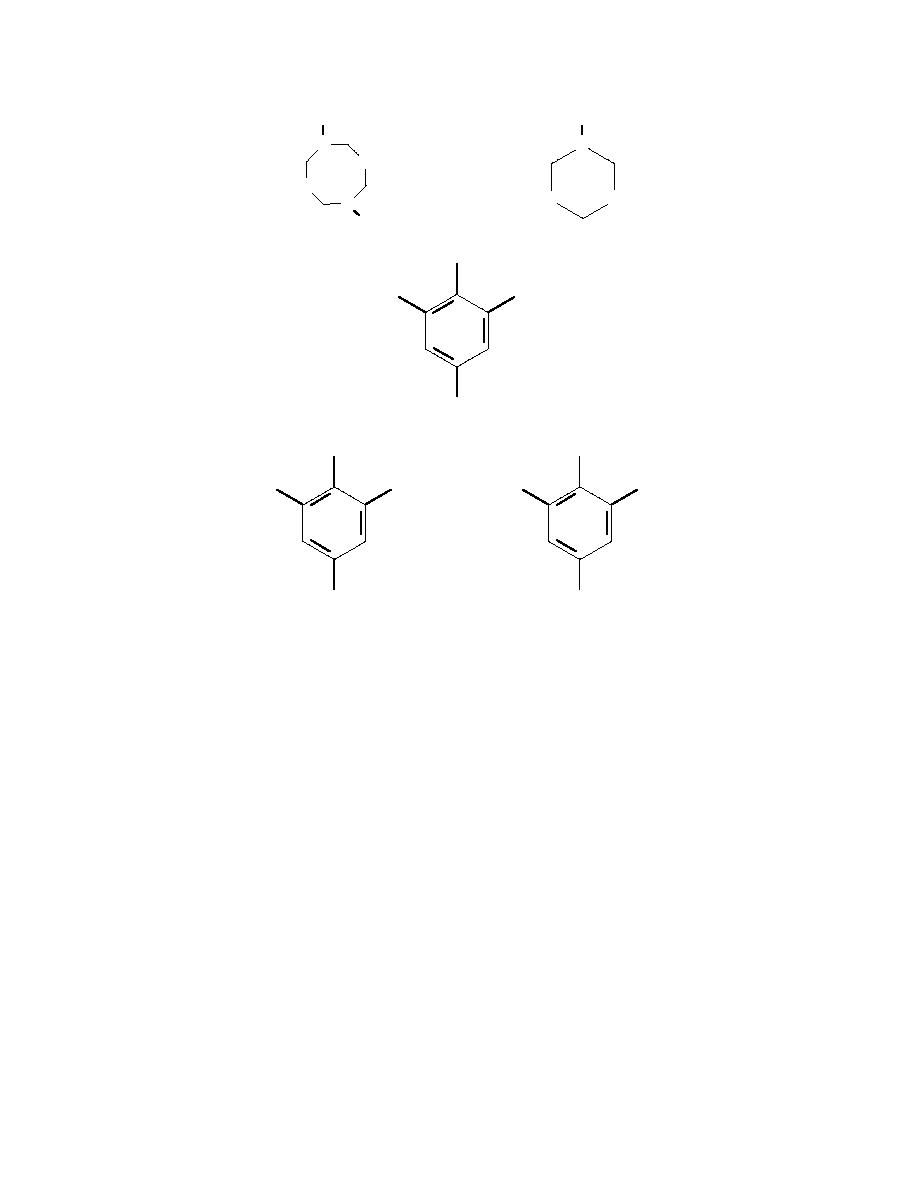
NO2
NO2
N
N
N -- NO2
HMX
RDX
O2N -- N
O2N -- N
N -- NO2
N
NO2
CH3
O2N
NO2
TNT
NO2
CH3
CH3
O2N
NH2
O2N
NO2
2AmDNT
4AmDNT
NO2
NH2
Figure 1. Structures of explosives detected at the Fort Ord inland firing ranges.
to work with EOD personnel to develop a proce-
for these compounds, and also identified for the
dure that takes advantage of the clearance activi-
two depth intervals sampled in the 1994 Army
ties to provide unmixed soil depth samples. The
study at Fort Ord, it is important to specify ex-
protocol must also provide procedural guidance
actly over what depth interval the 0.5-mg/kg con-
if chunks of explosive are encountered, and when
centration applies. Inclusion of soil from depths
intact UXO is discovered.
below 5 cm will probably reduce measured con-
centrations by dilution with soil containing much
lower concentrations of RDX.
Objective
This project has three major objectives. The first
A major complicating factor for both site char-
was to provide information to the U.S. Army En-
acterization and excavation for cleanup at impact
gineer District, Sacramento, on the current status
areas is the potential presence of unexploded ord-
of explosives contamination at Fort Ord's inland
nance (UXO) at and below the surface. EOD per-
impact ranges. This will include data on the areal
sonnel must clear the surface for us to gain access
and vertical extent of explosives contamination at
to sites, and, before sampling activities can take
several selected locations near specific tank tar-
place, clear UXOs at depth. This requirement will
gets, obtained 4 years after the 1994 study. The
be a major factor in the time and costs of sample
second objective was to develop a specific set of
collection and excavation for specific areas tar-
protocols to be used for more extensive site char-
geted for cleanup. To allow sampling at depth near
acterization that:
tank targets, EOD personnel will need to manu-
ally excavate the soil to the depth of interest to
Specify the method for collection and homog-
ensure that no UXO is present. Doing this will mix
enization of discrete soil samples.
the soil within the depth profiles and destroy
Assess the need for preparing composite
depth-specific information. It is possible, though,
2



 Previous Page
Previous Page
